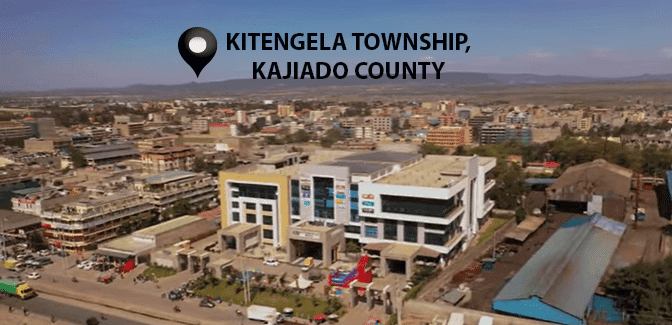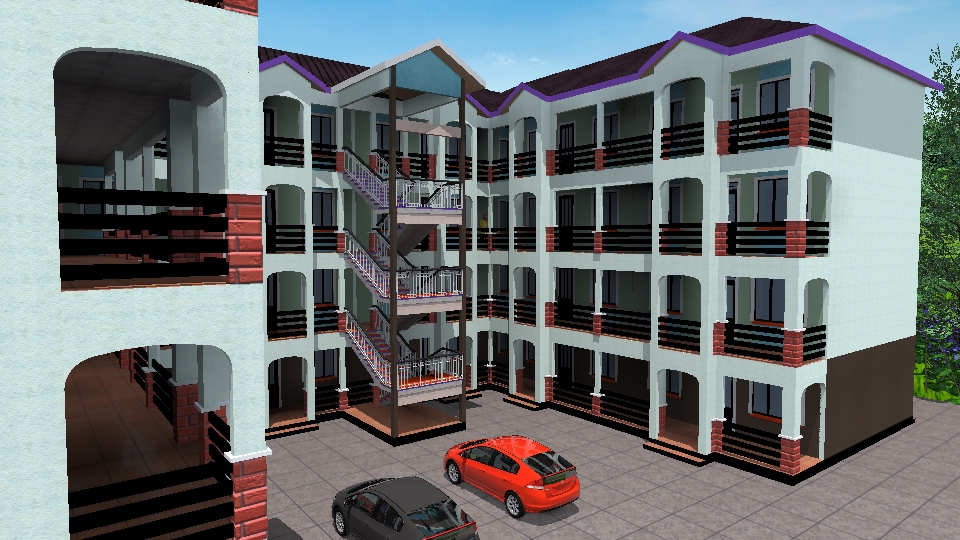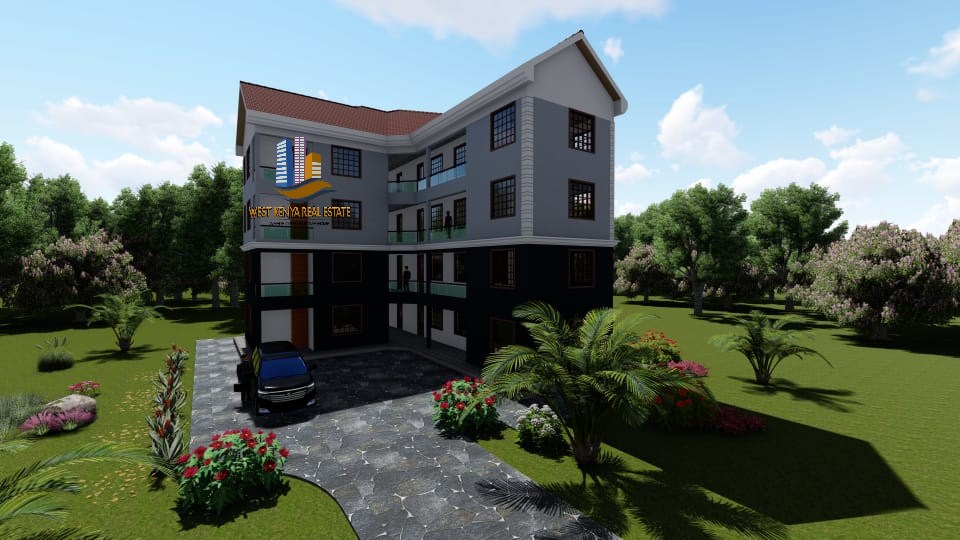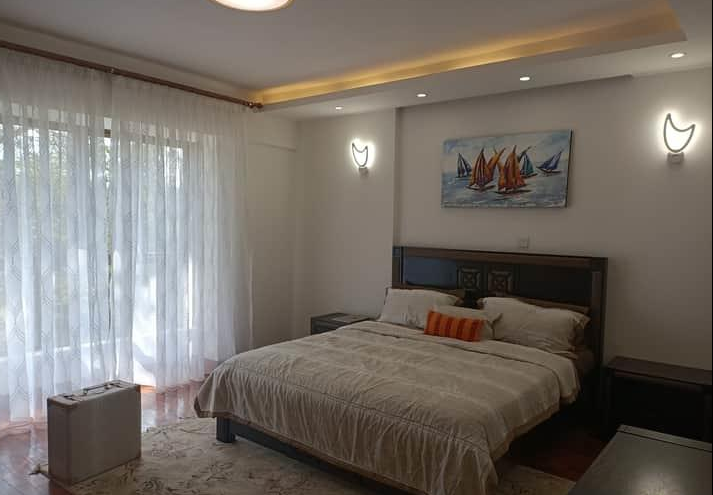Millennials Real Estate in Kenya
A step-by-step, action-first guide for Kenyan millennials ready to buy: budgets, mortgage options (banks, KMRC, SACCOs), developer payment plans, legal checks, digital search tactics, and ready-to-use checklists to close your first property faster.
Why Millennials Should Consider Buying Now in Kenya (Market Snapshot + CTA)
Key Market Signals (Demand, Supply, Interest Rate Context)
The millennials real estate market in Kenya is shifting fast. More young professionals are choosing to buy rather than rent. Affordable units in satellite towns like Kitengela, Juja, and Athi River are driving demand.
Interest rates remain moderate compared to the 2020 peak, and many developers are offering zero-deposit promotions. Supply is catching up, but prices in prime Nairobi zones are still rising—making early entry a smart move.

Millennials who start now can lock in lower rates and benefit from property value appreciation before 2026.
Government Schemes & Affordable Housing Programs (KMRC, AHSP Highlights)
The government supports young home buyers in Kenya through initiatives like the Kenya Mortgage Refinance Company (KMRC). KMRC partners with banks and SACCOs to offer long-term, low-interest home loans—perfect for millennials.
The Affordable Housing Program (AHP) also targets first-time buyers by providing subsidised units under KES 5 million. These projects are available in areas like Ruiru, Mavoko, and Ngara.
Taking advantage of these programs can help first-time buyers secure homes faster and with less financial pressure.

Quick CTA: Mortgage Pre-Check / Book a Viewing
Ready to act? Start by checking your mortgage eligibility online. Many lenders allow free pre-checks without affecting your credit score. It helps you know what you can afford before viewing properties.
Once approved, schedule property viewings early—popular developments sell fast. Bring a checklist to compare location, finishes, and payment flexibility.
Acting now means beating inflation and locking in ideal units before prices climb again.

What Modern Kenyan Millennials Want (Product & Lifestyle Features That Convert)
Top Product Types: Micro-Flats, 1–2 Bed Apartments, Gated Townhouses, Serviced Plots
The millennial housing market in Kenya favours flexible, low-maintenance homes. Young buyers prefer micro-flats and 1–2 bedroom apartments for affordability and security.
Those planning families lean toward gated townhouses or serviced plots that allow custom builds later. Developers in Syokimau, Ruaka, and Thika are tailoring these spaces with modern layouts and shared amenities.
When buying, always check access roads, public transport, and nearby schools or malls—these influence both comfort and resale value.
Lifestyle Add-Ons That Sell: Home Office, Fast Internet, Communal Amenities

Millennials value lifestyle convenience. Properties with coworking spaces, rooftop lounges, gyms, and reliable fibre internet close deals faster.
Developers are adapting to hybrid work culture by integrating home offices and balconies for natural light. Communal gardens and jogging paths also attract young professionals seeking a balanced lifestyle.
These add-ons often justify higher prices because they meet modern living and remote work needs.
Sustainability & Smart Tech as Differentiators
Eco-friendly features are becoming selling points for millennial home buyers in Kenya. Solar panels, energy-efficient lighting, and rainwater harvesting systems lower long-term costs.
Smart home tech—like remote lighting control and security systems—is now standard in mid-range apartments. Millennials see these as investments in both comfort and future resale appeal.
Choosing sustainable projects also aligns with Kenya’s green building trends and long-term energy goals.
How Much You Actually Need — Real Sample Budgets (Worked Examples)
Persona A: Salaried First-Time Buyer (KES Worked Budget + Deposit Math)
A typical salaried millennial home buyer in Kenya earning around KES 120,000 per month can afford a unit worth about KES 4–5 million. Most banks require a 10–20% deposit, meaning a buyer needs at least KES 500,000 upfront.
Monthly mortgage payments for such a unit can range between KES 35,000–45,000 depending on interest rates and loan tenure. Including stamp duty and legal fees, the total upfront cost may reach KES 650,000.
The key is consistent saving—aim to save at least 30% of your net income monthly for one year before applying for a loan.

Persona B: Small Business Owner Using SACCO / Partner Financing
Entrepreneurs and freelancers often rely on SACCOs to access home loans. A SACCO loan typically allows borrowing up to three times your savings, with interest rates around 12%.
If a small business owner has saved KES 300,000, they can qualify for a KES 900,000 loan—enough for a plot or deposit on a townhouse. Partner financing, where two people co-own, also helps increase eligibility and reduces repayment stress.
SACCOs offer flexible payment plans, making them ideal for young buyers with irregular income.
Persona C: Young Investor (Buy-to-Let Yield Example & Break-Even)
For millennials eyeing property as an investment, a 1-bedroom apartment in areas like Ruaka or Kikuyu can cost around KES 3.5 million. Renting it out at KES 30,000 monthly gives a gross yield of roughly 10%.
Break-even usually occurs within 8–10 years depending on occupancy and maintenance costs. Young investors who combine rental income with capital appreciation often outperform those who keep money in savings accounts.
This strategy works best when the location has steady rental demand and infrastructure growth.
Financing Explained: Banks, KMRC, SACCOs, Developer Plans & Alternatives
Bank Mortgages: Typical Requirements, Rates, Hidden Fees (With Checklist)
Banks remain the main gateway to millennial housing finance in Kenya. Most require proof of income, three months’ payslips, bank statements, and a deposit of at least 10%.
Average interest rates range from 12%–15%, with tenures of up to 25 years. Be cautious of hidden costs such as valuation, legal, and processing fees that can add KES 100,000 or more.
Always compare two or three lenders before committing, and ask for a written breakdown of every fee.

KMRC and Government-Backed Options — Who Qualifies & How to Apply
The Kenya Mortgage Refinance Company (KMRC) makes home loans more affordable by funding partner banks and SACCOs. To qualify, your property value should be below KES 8 million and your income under KES 150,000 per month.
These loans feature lower fixed rates—currently around 9.5%—and longer repayment periods. Applicants can apply through participating banks such as KCB, HF Group, or Co-op Bank.
KMRC-backed mortgages help young home buyers in Kenya access stability and predictable payments.
SACCOs, Group Buying, Rent-to-Own, Crowdfunding and Fintech Lenders (Pros/Cons)
SACCOs provide flexibility, lower interest, and community trust, but require saving over time before borrowing. Group buying—where friends purchase jointly—reduces costs but needs legal agreements.
Rent-to-own lets you occupy the property while paying in instalments, ideal for those without large deposits. Crowdfunding and fintech platforms are emerging options but carry higher risk.
Millennials should compare repayment terms, security, and reliability before selecting any alternative.
Mortgage Toolkit (Convert Readers)
How to Calculate Monthly Payments (Embed Calculator)
To estimate payments, multiply your loan amount by the interest rate, then divide by the number of months. For instance, a KES 4 million loan at 13% over 20 years equals roughly KES 47,000 monthly.
Online calculators simplify this math—simply input the loan, rate, and tenure to see the exact figure. This helps plan your budget and confirm affordability before signing.

Always leave a 10% buffer in your budget for fees and rate changes.
Before applying, gather documents like ID, payslips, KRA PIN, and bank statements. Compare lenders on:
- Interest rate (fixed vs. variable)
- Processing time
- Required deposit percentage
- Early repayment penalties
Millennials who compare three lenders often save hundreds of thousands over time. Choose institutions offering flexible terms and digital application options.
Credit Score & Affordability Hacks for Millennials
Your credit score determines approval speed and loan amount. Keep your credit clean by paying bills on time and reducing mobile loan usage.
Improving your debt-to-income ratio (below 40%) boosts approval chances. Start small—repay short-term loans and maintain a stable job record for at least six months before applying.
These small steps make a huge difference when seeking a mortgage.
Search Like a Pro — Digital Tactics to Short-List Properties Fast
Where to Look: Portals, Reels, WhatsApp Groups, Developer Pages
The millennials real estate market in Kenya is driven by digital search. Use portals like BuyRentKenya, Property24, and developer websites for verified listings.
Social media reels, TikTok videos, and WhatsApp groups also showcase new projects quickly. Follow official developer pages to get pre-launch offers and exclusive deals.
Always confirm listings directly with agents to avoid scams.
Vet Online Listings: Red Flags & Verification Checklist
Before visiting, confirm the property title, location accuracy, and seller credentials. Avoid listings that request deposits before viewing or offer prices far below market rates.
Cross-check ownership through the eCitizen land registry. Use Google Maps to inspect surrounding developments and accessibility.
This due diligence protects you from fraud and wasted time.
Using Virtual Tours, Floor Plans and Neighbourhood Data to Decide
Virtual tours let you explore units remotely. Review layout, sunlight exposure, and space planning before booking a physical visit.
Compare neighbourhood data—like nearby schools, hospitals, and commute time—to choose what fits your lifestyle. Millennial buyers often prioritise safety, convenience, and road connectivity.
This research ensures smarter, faster decisions.
Negotiation & making an offer (scripts that win)
Price negotiation scripts for buyers and timing tips
Before making an offer, research comparable listings and recent sales in the area. Start your bid 5–10% below the asking price to leave room for adjustment. Use data like “market average per sqm” to justify your offer. Timing matters — negotiate towards month-end when developers and agents are under pressure to close deals.
How to secure and protect your deposit (escrow options, receipts)
Always pay your deposit into a verified escrow or advocate’s client account — never directly to an agent’s personal account. Request an official receipt and written acknowledgment of deposit terms. Escrow services provide protection in case the deal falls through or the developer delays.
When to involve an agent vs. direct developer negotiation
Agents can help compare listings, validate prices, and handle paperwork efficiently. However, direct negotiation with developers can sometimes unlock discounts or flexible payment terms. Use agents mainly for independent checks and price benchmarking, not as the sole communication channel.
Legal & due diligence (the must-do checklist before signing)
Title search step-by-step (what to ask the lawyer to confirm)
A title search confirms the legal ownership and ensures the property isn’t under dispute or used as loan collateral. Your lawyer should check the parcel number, ownership record, and any caveats. This step protects you from fraudulent sellers or double sales.
Sale agreement key clauses to insist on (completion timelines, defects)
Always ensure the agreement defines handover timelines, penalties for delays, and a defects liability period. Include clauses for refund conditions, especially when buying off-plan. Avoid signing until all terms are clearly explained by your lawyer.
Transfer costs, stamp duty, legal fees and who pays what
Buyers typically pay stamp duty (2–4%), registration fees, and their lawyer’s fees. Developers may cover minor administrative costs. Always get an itemised breakdown before signing to avoid hidden charges.

Developer & project risk assessment (how to avoid losing a deposit)
Developer reputation scoring (POB: past projects, completion record, reviews)
Before committing, research the developer’s previous projects, delivery timelines, and buyer reviews. Visit at least one completed project and ask residents about their experience. A developer with consistent completion records and approvals inspires confidence.
Construction timelines, escrow accounts & retention clauses
Developers should provide clear construction milestones and use escrow accounts for buyer funds. Include a retention clause that allows withholding a small percentage until completion to ensure accountability.
How to check approvals & permits (county approvals, NEMA if relevant)
Request copies of the architectural approval, NEMA license, and structural engineer’s certificate. This confirms that the project complies with building codes and environmental standards. Avoid projects that delay sharing approvals.
Maximising value: part-time rental, short-lets & quick refurb tips
When buy-to-let makes sense for millennials (yield thresholds)
Buy-to-let investments can generate extra income if the rental yield is above 7%. Focus on properties near universities, CBDs, or transport hubs. Track monthly rent versus loan repayments to avoid negative cash flow.
Short-let basics, licensing and tax implications (practical checklist)
Short-lets offer higher returns but come with licensing requirements. Register your unit with KRA for rental tax compliance and list it on trusted platforms. Clean interiors, Wi-Fi, and flexible stays attract digital nomads and young professionals.
Low-cost refurb hacks that raise rent/value quickly
Simple updates like repainting, new lighting, and modern fixtures can instantly raise property value. Focus on kitchen and bathroom upgrades — they give the best ROI. Consider landscaping or a feature wall for aesthetic appeal.
Post-purchase essentials & protection (moving, insurance, property management)
Moving checklist + immediate maintenance items
Once you get your keys, plan your move systematically. Start with essentials — cleaning, utility setup (water, power, Wi-Fi), and changing door locks. Conduct a quick inspection for leaks, wiring faults, or unfinished fittings before settling in. Keep a one-month maintenance budget aside for quick fixes and appliance servicing.
Home insurance and title protection options for new buyers
Home insurance safeguards against fire, theft, or accidental damage. Choose a policy covering both structure and contents. Title insurance (where available) protects your ownership rights against legal claims or fraud — especially useful for off-plan buyers. Compare insurers like Jubilee, APA, or Britam for rates and claims reliability.
Property management basics (if renting out)
If you plan to rent your unit, decide between self-management and hiring an agent. Property managers typically charge 8–10% of monthly rent but handle repairs, tenants, and payments for you. Draft written agreements outlining responsibilities and termination terms to avoid misunderstandings.
Conclusion (strong CTA)
The millennial real estate market in Kenya is now more accessible than ever — with affordable mortgage options, flexible developer plans, and tech-enabled property searches. Buying early not only secures long-term value but also gives you financial freedom as property prices continue to rise.
Next steps:
- Run my mortgage pre-check — Estimate how much you can borrow today.
- Download the Buyer Checklist PDF — Get your full step-by-step guide before signing any deal.
With smart research, verified partners, and legal due diligence, millennials can confidently own homes that match their lifestyle and financial goals.




